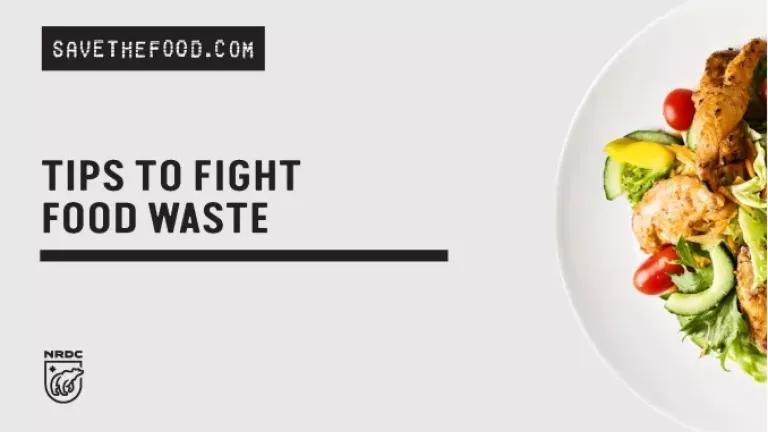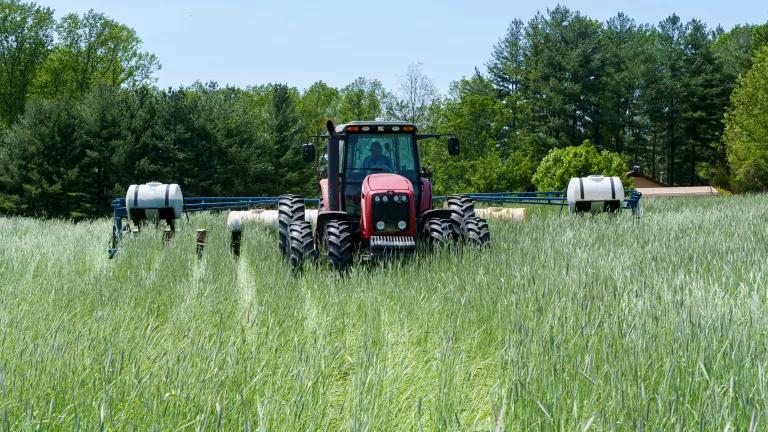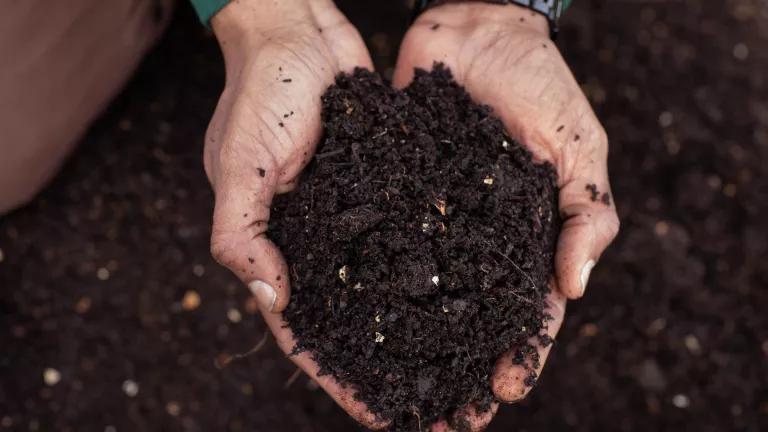NRDC Campaign Helps Households Reduce Food Waste
New research has investigated various aspects of behavioral sciences strategies and messaging's potential impact on reducing household food waste with promising results.

NRDC has a long history of work researching and promoting strategies that help people reduce wasted food at home. A core component is the Save The Food campaign, a national advertising campaign launched in 2016 that aims to help Americans reduce food waste in their own kitchens. SaveTheFood.com is full of tips to help store food so it stays fresh longer, recipes to help use up the odds and ends of food scraps that would otherwise go to waste, and tools to help with planning for holiday dinner parties or weekly meal prep. There are many reasons why food goes to waste in our homes, but the solutions are well within our grasp.
Since the publication of the National Academies report A National Strategy to Reduce Food Waste at the Consumer Level recommended behavioral sciences strategies to achieve household food waste reduction – including a national campaign to change consumer behavior – several groups have answered their call to add to the body of research documenting successful interventions to reduce household food waste. One such study was published by the World Resources Institute (WRI) in the working paper Making Food Waste Socially Unacceptable. The researchers investigated various aspects of social norm messaging and its impact on household food waste.
In one segment of the project, WRI compared three groups: households that received Save The Food information flyers, households that received Save The Food information flyers that also included social norm messaging, and households that didn’t receive any messaging. They then measured the amount of food waste each household separated into a bucket that was later processed into compost. Households that received the Save The Food information – with or without the social norm message – saw their food waste decrease slightly while the group that did not receive Save The Food flyers increased their food waste disposal – possibly because of lifted COVID restrictions. WRI also conducted surveys in which households also reported “food waste decreased a little or a lot” much more frequently in those who saw the Save The Food ads.
At NRDC, we have long relied on surveys to document the success of the Save The Food campaign, but we are excited to see this new research showing quantitatively how much food waste could be reduced through the campaign’s implementation. Often this kind of measurement – known as a waste audit – is too expensive to incorporate into studies. However, it is a critical piece of the puzzle in determining which strategies are most effective at helping households reduce their food waste. While WRI’s study showed promising results, it was undertaken with a limited audience in a unique period of time, and more research is needed to confirm and expand on their findings. More funding is needed from the federal government and private philanthropy to support quality research with diverse participants, direct waste measurement, and longevity over time. This research is an encouraging start, and we look forward to seeing more.





